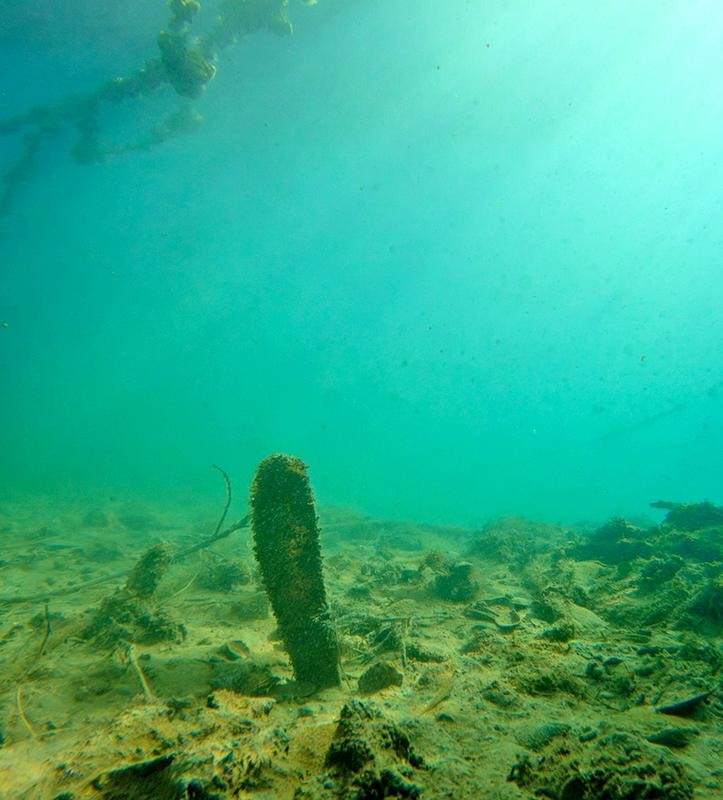





Disclaimer: Copyright infringement not intended.
Context
Pinna nobilis
|
PRACTICE QUESTION Q. Consider the following statements: 1. Pinna nobilis has entered the IUCN Red List as critically endangered. 2. Pinna nobilis hosts symbiotic shrimp which live inside its shell. 3. Pinna nobilis species is endemic to the Mediterranean Sea. Which of the above statements is/are correct? A) 1 and 3 only B) 2 only C) 3 only D) All Answer: D) All |







© 2025 iasgyan. All right reserved